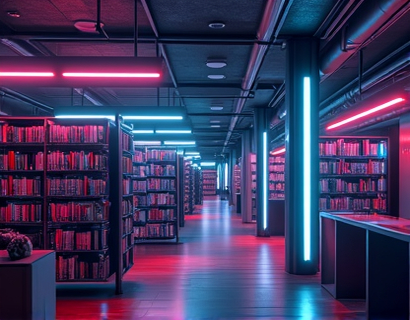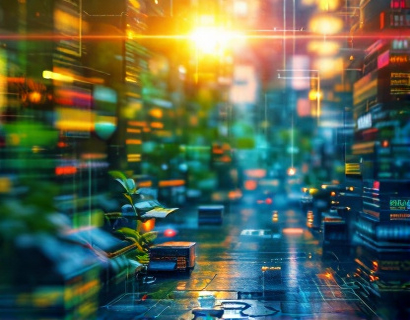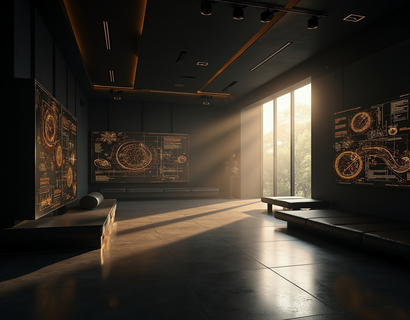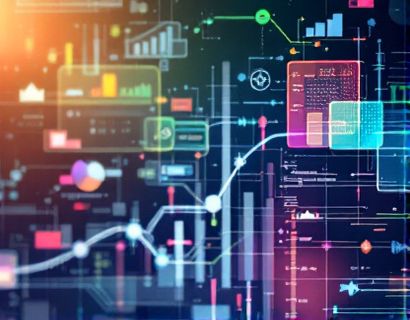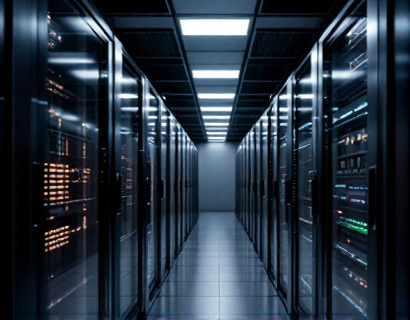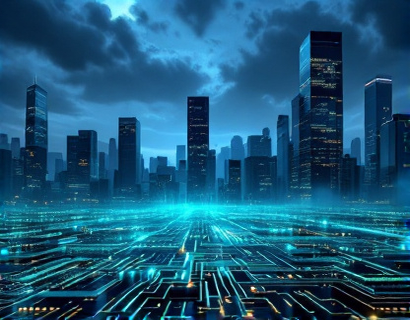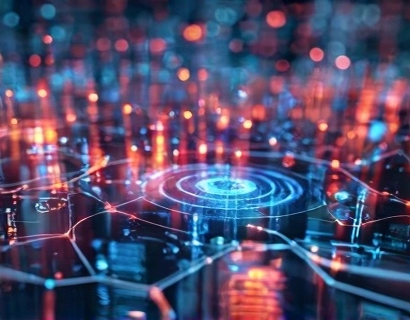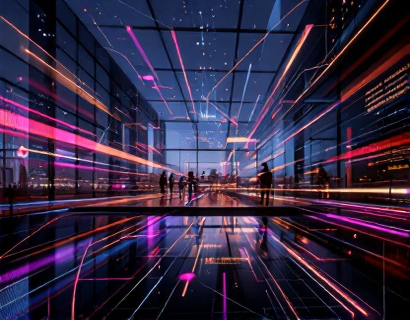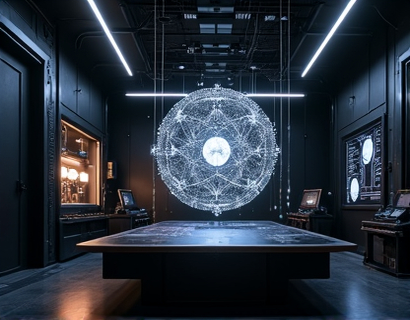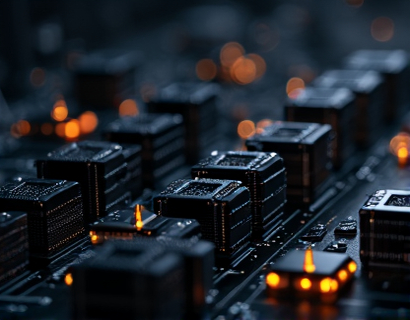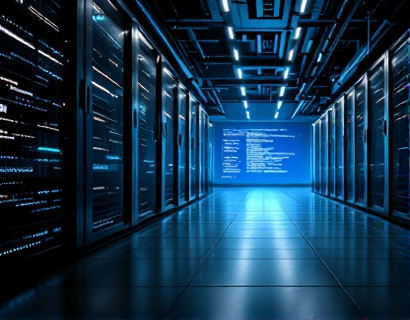Maximize Your Indoor Garden: Expert Tech for Optimal Plant Growth and Sustainability in Solariums
Indoor gardening has evolved significantly with the integration of advanced technology, transforming ordinary spaces into thriving ecosystems. For those with a solarium or a dedicated indoor garden, leveraging expert technology can maximize plant growth and sustainability. This article delves into the cutting-edge solutions that can elevate your indoor gardening experience, ensuring your plants not only survive but thrive in a customizable, future-forward environment.
Understanding the Basics of Indoor Gardening Technology
To begin, it's essential to understand the core components of a high-tech indoor garden. These systems typically integrate advanced lighting, climate control, and automation technologies. Each element plays a crucial role in creating an optimal environment for plant growth.
Lighting: Plants require specific wavelengths of light for photosynthesis. Traditional fluorescent and incandescent bulbs are being replaced by LED grow lights, which offer energy efficiency and the ability to tailor light spectra to the needs of different plants. LED lights can be adjusted to provide the right balance of blue and red light, promoting healthy growth and flowering.
Climate Control: Maintaining the right temperature, humidity, and air circulation is vital for plant health. Advanced systems use sensors and automated controls to monitor and adjust these conditions in real-time. This ensures that plants receive the ideal environment regardless of external weather conditions.
Automation: Automation technologies, including smart irrigation and nutrient delivery systems, allow for precise control over watering and feeding schedules. This not only saves time but also prevents overwatering and nutrient imbalances, which are common issues in manual gardening.
Optimizing Light for Plant Growth
The quality and quantity of light are critical factors in indoor gardening. LED grow lights have become the preferred choice due to their efficiency and versatility. These lights can be customized to emit specific wavelengths that are most beneficial for different stages of plant growth.
For seedlings, a higher proportion of blue light (around 450nm) is beneficial as it promotes leafy growth. As plants mature, increasing the red light (around 660nm) can stimulate flowering and fruiting. Some advanced systems offer full-spectrum lights that mimic natural sunlight, providing a balanced light source for all stages of plant development.
Additionally, the intensity of light should be adjustable. Young plants require less intense light to prevent leaf burn, while mature plants need higher intensity to support robust growth. Most LED systems come with adjustable brightness settings, allowing gardeners to tailor the light output to their plants' needs.
Creating the Perfect Climate
Maintaining the right climate inside a solarium is essential for optimal plant growth. This involves controlling temperature, humidity, and air circulation.
Temperature Control: Plants have specific temperature ranges in which they thrive. Advanced climate control systems use thermostats and heaters/coolers to maintain the ideal temperature. For example, tropical plants typically require warmer temperatures (70-85°F or 21-29°C), while succulents and cacti prefer cooler conditions (60-75°F or 15-24°C).
Humidity Management: Humidity levels also impact plant health. High humidity can lead to fungal diseases, while low humidity can cause leaf burn. Automated misting systems and humidifiers can be integrated to maintain optimal humidity levels. Some systems even use dehumidifiers to reduce excess moisture.
Air Circulation: Proper air circulation prevents the buildup of stagnant air, which can lead to disease and pests. Fans and air circulators can be programmed to run on timers or based on sensor readings, ensuring a constant flow of fresh air throughout the solarium.
Automation for Efficient Gardening
Automation is a game-changer in indoor gardening, offering convenience and precision. Smart irrigation systems use soil moisture sensors to determine when plants need water, preventing overwatering and underwatering. These systems can be connected to a central control unit or controlled via a smartphone app, allowing for remote monitoring and adjustments.
Nutrient delivery systems can also be automated, ensuring that plants receive the right balance of nutrients at the right times. These systems can be programmed to release nutrients based on the plants' growth stage and specific needs, promoting healthy development and high yields.
Integrating all these technologies into a single, user-friendly platform can greatly enhance the gardening experience. A central control panel or mobile app can monitor and adjust lighting, climate, and automation settings, providing a comprehensive solution for indoor gardeners.
Customizing Your Indoor Garden
Every indoor garden is unique, with different plants having specific requirements. Advanced technology allows for highly customizable setups that can be tailored to meet these needs.
Plant-Specific Settings: By inputting the specific requirements of each plant, the system can create customized profiles. For example, a profile for a orchid might include lower light levels and higher humidity, while a profile for a cactus might require high light intensity and low humidity.
Seasonal Adjustments: Many plants have different needs throughout the year. Advanced systems can be programmed to adjust settings based on the time of year, simulating natural seasonal changes. This can help plants transition smoothly between growth phases.
Scalability: As your indoor garden grows, the system should be scalable to accommodate additional plants and equipment. Modular designs allow for easy expansion, ensuring that your garden can evolve with your needs.
Sustainability in Indoor Gardening
Sustainability is a key consideration in modern indoor gardening. Advanced technologies not only optimize plant growth but also reduce resource consumption and environmental impact.
Energy Efficiency: LED grow lights are significantly more energy-efficient than traditional lighting options. They consume less power and have a longer lifespan, reducing both energy costs and waste.
Water Conservation: Smart irrigation systems ensure that water is used efficiently, minimizing waste. Some systems even recycle water, further reducing the environmental footprint.
Reduced Chemical Use: Precise control over nutrients and growing conditions can reduce the need for chemical fertilizers and pesticides. This not only benefits the environment but also produces healthier, more natural plants.
Case Studies and Real-World Applications
To illustrate the benefits of advanced indoor gardening technology, let's look at a few real-world examples.
Urban Farming: In urban areas where space is limited, high-tech solariums have enabled residents to grow their own food. A community in New York City used LED grow lights and automated climate control to create a productive indoor farm, providing fresh produce to local residents.
Research Facilities: Scientific research often requires precise control over growing conditions. A botanical research institute in Europe utilized a fully automated system to study plant responses to different light spectra and environmental conditions, leading to significant advancements in plant biology.
Home Gardening: Many hobby gardeners have embraced these technologies to enhance their indoor gardens. A homeowner in California set up a smart solarium with adjustable lighting and climate control, resulting in a year-round harvest of exotic plants and herbs.
Future Trends in Indoor Gardening Technology
The field of indoor gardening technology is rapidly evolving, with several trends on the horizon.
Artificial Intelligence: AI can play a significant role in optimizing indoor gardens. Machine learning algorithms can analyze data from sensors and adjust settings in real-time to maximize plant growth and efficiency.
Internet of Things (IoT): The integration of IoT devices allows for seamless connectivity between different components of the garden. This enables remote monitoring and control, making it easier for gardeners to manage their spaces from anywhere.
Biotechnology: Advances in biotechnology may lead to the development of plants that are better suited to indoor environments, requiring less light or water and being more resistant to diseases.
Conclusion
By embracing advanced technology, indoor gardeners can transform their spaces into highly productive and sustainable ecosystems. From optimized lighting and climate control to automation and customization, these solutions ensure that plants thrive in any environment. As technology continues to advance, the future of indoor gardening looks brighter than ever, offering endless possibilities for those passionate about growing plants.



